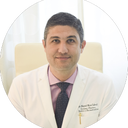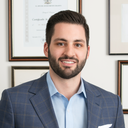To make an assessment we need quality pictures. For people who’ve had previous work we need to see before and after pictures. If you don’t have proper before and after pictures and ask your surgeon who did your previous procedure to forward the ones they took.





